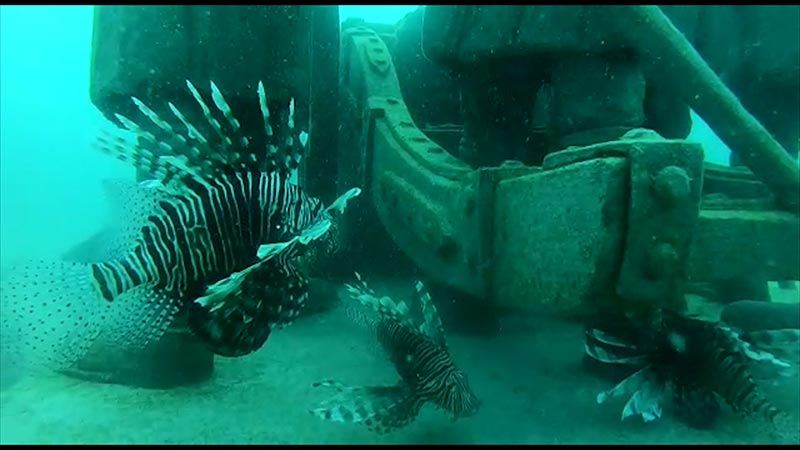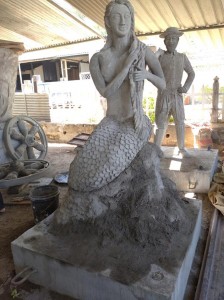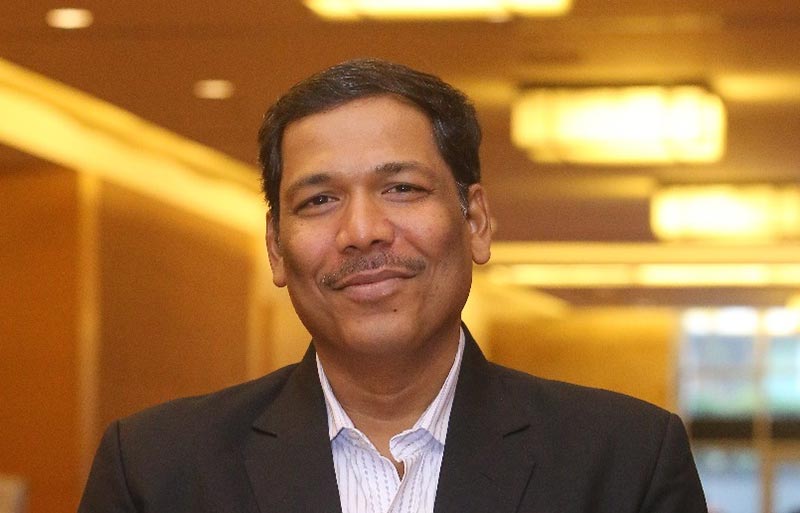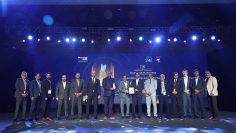
Tokyo Cement supports The Navy bring Underwater Museum in Trincomalee to life

Sri Lanka’s second underwater museum situated off the Sandy Bay beach in Trincomalee was brought to life recently, adding yet another must-experience hotspot to the Country’s extraordinary travel itinerary. Declared open by the Former Commander of the Sri Lanka Navy Admiral Piyal De Silva, this Underwater Museum; set to provide an incomparable diving experience in the picturesque Sandy Bay off Trincomalee Bay, was made possible with the support given by Tokyo Cement Group, a long-standing partner of The Sri Lanka Navy. This is the second of its kind underwater museum in Sri Lanka created by The Navy, followed by the marine life sanctuary set up last month in Galle.
This underwater museum is expected to be a popular tourist attraction among both the leisure traveler and marine conservationist. Set at a depth of around 60ft and spread over an area of roughly 13,000 square feet it provides a unique and diving experience for anyone who wishes to explore the Sandy Bay beach area. It features underwater sculptures made of cement and other eco-friendly material, depicting a historical storyline that unfolds the rich culture and heritage built around the world-famous Trincomalee Harbor and surrounding area. The marine park will gradually become the home to coral colonies native to the Trinco Bay area. With the corals it will attract young fish who will ultimately lead to the formation of fish communities. The ultimate purpose of this underwater park, as envisioned by the Former Navy Commander Admiral De Silva who spearheaded the project, is to create a dedicated area where corals and other marine species will thrive and evolve over a period of time in to a natural marine sanctuary, benefitting the local tourism and fisheries industries.
The Museum features cement sculptures designed by highly talented Navy Personnel and depicts various historical scenes related to Trincomalee. The Sri Lanka Navy requested support for the project from Tokyo Cement Group; whose manufacturing hub is situated at the nearby Cod Bay, by supplying Tokyo Super Blended Hydraulic Cement to be used in sculpting work for the proposed marine park. Tokyo Super BHC was used in this project, which is perfectly suited for underwater constructions especially in harsh marine or marshy environments. This specially formulated cement will protect the sculptures from sulphate and chlorine attacks to ensure their longevity. Furthermore, the GREEN® Label certified Tokyo Super BHC which is the Greenest Cement in the market is made by blending recycled Fly Ash to produce a highly eco-friendly cement formula that prevents any harmful chemicals from contaminating and polluting sea water. This combination creates an ideal safe haven for corals and other marine life to implant themselves and thrive upon.
A few Tokyo Cement staff members had the rare opportunity of viewing the sculptures being crafted by the skillful Navy artistes and later had the privilege of seeing them being lifted and positioned carefully in their interesting undersea formations. Tokyo Cement management and staff from the Trincomalee Factory was honored and delighted to become a part of this historical event that is guaranteed to enhance the underwater beauty of the already scenic Trincomalee Bay area, and bring value to the locality and its people as a local and foreign tourist hotspot.
The Sri Lanka Navy is a much-valued long-term partner of Tokyo Cement Group for many years, who works hand in hand in The Company’s Coral Reef Rehabilitation Program. The two partners collaborate in Coral replanting and The Navy gets actively involved in deploying Reef Balls made using recycled waste concrete along the coastal belt in Galle, Trincomalee, Pasikudah, Kayankerni, Dutch Bay and Jaffna. Stemming from this relationship, Tokyo Cement’s scientific research partners will also provide technical support to conduct coral planting activities in the Underwater Museum arena. Tokyo Cement Coral Conservation program partners, with specialized knowledge in coral growth will work with the navy team in the sanctuary monitoring and maintenance activities and will provide material and technical support to set up a coral nursery for replanting corals within the Underwater Marine Sanctuary.
Tokyo Cement Group is deeply involved in coral reef conservation for nearly a decade, leading a consortium of partners to share expertise to restore the severely threatened Coral Reef barrier around Sri Lanka. The partners of this initiative include the Blue Resources Trust (BRT), Sri Lanka Navy and the Foundation of Goodness. The Company also assists government institutions such as the Marine Environment Protection Authority (MEPA) and the Department of Wildlife Conservation in scientific research and data collection. Supporting the Former Navy Commander Admiral Piyal De Silva in his far-sighted efforts to set up this Underwater Museum off Sandy Bay beach in Trincomalee was a natural extension of Tokyo Cement’s commitment to this grand cause.
Coral Reef Conservation is among the many sustainability initiatives Tokyo Cement Group has undertaken. They include the Mangroves Reforestation Program, where the company collaborates again with the Sri Lanka Navy, to replant mangrove saplings along the Eastern coastline of Sri Lanka. The company’s commitment to social responsibility breathes life through initiatives such as this, by which they successfully integrate social welfare and environmental conservation into its corporate DNA as part of their continuous mission to enrich the country, its people and the environment.






